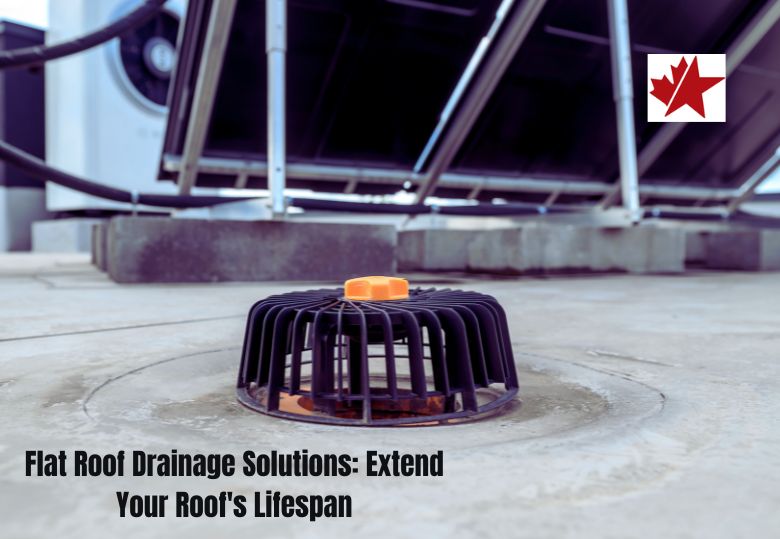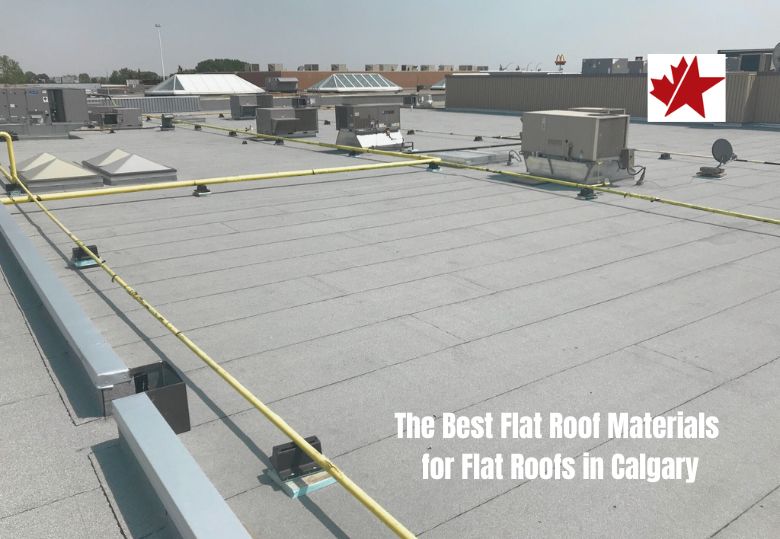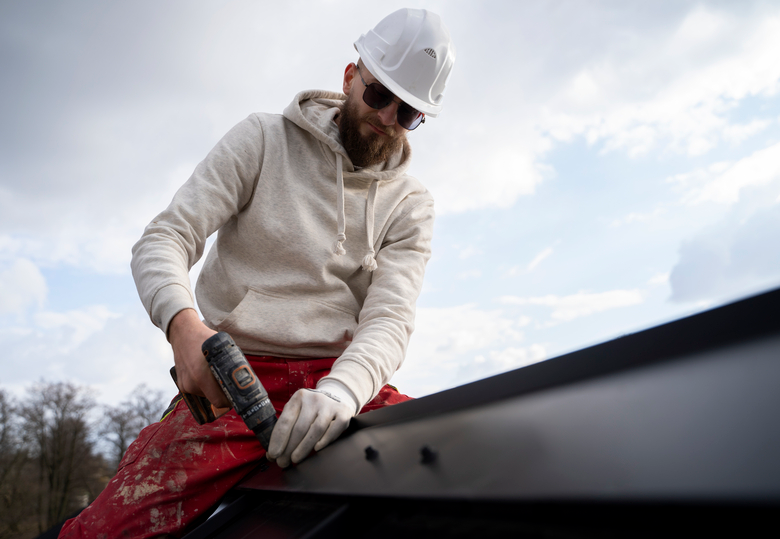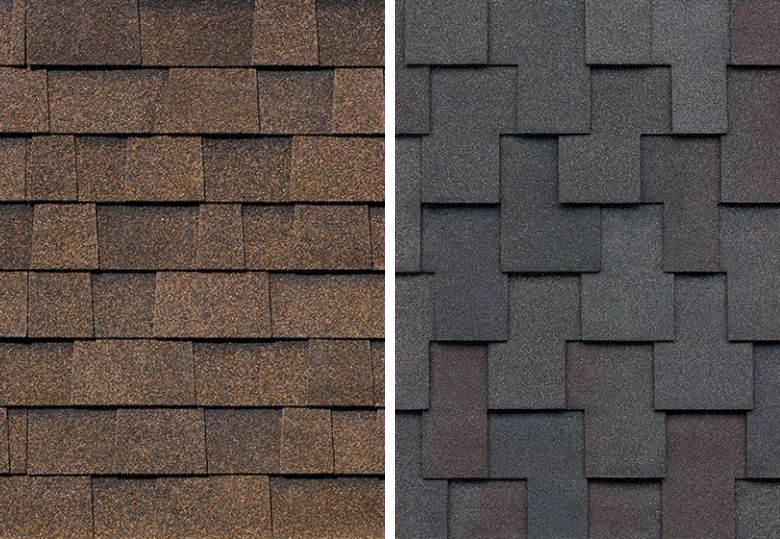Have you recently noticed a leaky roof? Or maybe your current shingles are looking run-down, and you want them replaced. Should you go with a full roof replacement or just a repair? It can be difficult to distinguish the two. Before you make your decision, continue reading to learn all about the basics of roof repair and replacement.
Roof Repair
First, let’s discuss what roof repair means. A roof repair consists of fixing any existing material. The basics of roof repair include:
- Shingles
- Gutters
- Flashing
- Soffits
- Fascia
Unlike a roof replacement, you’re going to focus on a specific area. This could mean replacing a few broken shingles or fixing a few small holes. These repairs will be less labour intensive and thus less expensive.
Can I Do A Roof Repair?
This answer depends on how comfortable you are with being on your roof. If you don’t mind heights and can get up safely, then yes. Knowing the basics of roof repair will help you identify your limits. There are some minor roof repairs the average homeowner can do within a day or weekend.
Roof Repair Cost
For a roof repair, the cost will depend on what you’re repairing. Will this be a job you want to tackle? Or would you prefer a roofer to handle it?
If you feel confident replacing a few shingles, you’ll need to factor in the various costs. This includes the replacement shingles and the various tools you’ll need. On the lower end, you can buy shingles from a home improvement store for under $50. You’ll also need roofing nails, roof cement, a pry bar and a utility knife.
Other common roof repair tools include roof sealants, patching fabric, and seal tape.
Simple Roof Repairs
One of the basics of roof repairs mentioned above is shingles. This is a simple roof repair job you can do. You’ll need to remove the old shingle and nails. Next, align the new shingle and nail it down. Use roof cement on the nail heads to ensure it’s secured.
Leave It To The Pros
While you can fix a few mangled shingles, there are many repair jobs a pro should handle. If there’s damage to the roof’s underlayment, this calls for a more complex repair process.
For example, roof flashing prevents water from entering your home. You can find it around chimneys, skylights, and vents. There are many roof flashing types, such as step flashing, valley flashing, and continuous flashing. Depending on the problem and damage, they each need a different approach. An improper repair could lead to water damage.
Roof Replacement Or Reroof?
Now that we’ve gone over roof repair basics let’s talk about roof replacement and reroofing. Before you go searching through new roof options, consider a reroof.
A roof replacement requires taking everything off and starting from scratch. A reroof, on the other hand, means installing new shingles over the existing ones. It typically takes less time and is less expensive. Because the original structure remains the same, you won’t need a permit. However, your roof can only handle a reroof once. If this is your first time using a roofing service, you may want to add this to your list of considerations.
Roof Replacement Cost
Roofs need replacing every 20-50 years, depending on the material. A roof replacement cost will vary because of several factors. For instance, how big is your roof? The larger the roof, the more supplies and labour. The pitch of your roof will also factor into the overall cost. If you have a steep roof, the work will be more labour intensive which adds to cost.
Roofing Material & Overall Cost
The type of roofing material you choose will also change the price. Asphalt shingles are popular because of their durability and affordability. According to HomeStars, the national average cost for an asphalt roof comes out to $4,750.
In comparison, a metal roof typically lasts longer than asphalt. Metal roofs are known to be energy efficient, light, and low maintenance. However, the installation cost will be higher. They estimate the national average price for a metal roof at $10,365.
If you’re unsure, contact a reputable roofing company for a free quote. This will help make your planning and budgeting journey much easier.
Can I Replace My Roof Myself?
The answer here will be a no. A roof replacement means you will need to replace the entire structure. This job is not only labour intensive but complex. You likely don’t have the tools and materials to undergo this job. In addition, you’re putting your safety in danger by doing something you have never done before. It’s best to have a professional roofer conduct a roof replacement.
Roofing companies also offer an array of high-quality materials that come with warranties. They only choose the best materials for Alberta’s climate. You can save research time by picking your favourite from their collection. You’ll rest assured, knowing you’re getting an exceptional new roof.
Which One Is Right For Me?
A poor roof repair or replacement job could end up hurting your roof in the long run. For example, improper shingle placement could leave gaps where water can enter. This could lead to water damage and an eventual leaky roof. Water could damage not only your roof but also your attic and even trickle into your home. Therefore, a professional roofer is your best option.
If you’re feeling unsure about the job, you don’t need to do it alone. While DIY videos and instructions can be helpful, they won’t replace a professional. Roofers undergo extensive training and have the experience to back it up. We hope going over roof repair, and replacement basics gives you more confidence in choosing the best option for you.
For your roof repair or roof replacement, you only want to work with the best in the business. At National Star Roofing, our roofing specialists provide excellent customer service to ensure every client is satisfied. Contact us today for a free quote, and let us handle the rest.





